Looking for lunch, we were directed to a filling station for fish and chips. Without beer on the menu, we kept walking until we found a Gallery-Café that served beer but no food. Heeding the gallery manager’s suggestion, we checked out a nearby food truck specializing in –you guessed it – fish & chips. Carrying our baskets of food, we returned to the gallery. With cans of cold beer in hand, we plunked ourselves down at a table in the midst of photographs and paintings by Icelandic artists. Regrettably, my iPhone battery had run down so I have no photos of our afternoon exploration of Seydisfjordur. Early the morning of July 4th, we were docked in Husavik where we were met with rain and bone-chilling winds. Because my Whales and Puffins excursion had been cancelled, I thought I might join Frank on his “Hidden Gems of the North” excursion but it was booked solid with a waiting list. So, I boarded a bus to the Husavik Geothermal Sea Baths. For nearly two hours, my head whipped by unrelenting winds, I submerged the rest of myself in the warm (100 degrees Fahrenheit) mineral-rich waters of multiple infinity pools along the edge of a cliff. On a clear day one might have taken in breathtaking views of Skjalfandi Bay below us or spotted a passing whaling boat, maybe even a whale, but visibility was almost non-existent beyond the rim of the pools. Winds lifted the waters of an adjacent waterfall up into the thermal baths. My face felt as though it was being pummeled by hundreds of tiny ice spikes. I returned to the ship in time to meet Frank for lunch before he left for his excursion in the rain. On the morning of Wednesday, July 5th, we were docked in Akureyri where we disembarked for an eight-hour excursion. Our guide, Juli, humorously entertained our minivan of fifteen while he drove us through idyllic green pastures midst dark volcanic rock. Our destination was Iceland’s fourth largest body of water, Lake Myvatn, known as the lake of black flies. Fortunately, we didn’t see any except in an iPhone photo of Juli’s face covered with flies. Known as “midges,” they usually appear in mid-June in such amazing numbers that they block out views of nearby scenic mountains. En route we stopped at breathtaking Godafoss Waterfall (Waterfall of the Gods). The story goes that in 998 AD, Thorgeir, a Viking priest pressured by Norway to give up his heathen beliefs, threw his pagan idols into the waters to symbolize that Iceland would embrace Christianity. These beautiful falls, in the shape of a horseshoe 98 feet wide, were a fractional reminder of Iguazu Falls in Brazil, an elongated horseshoe that extends for nearly two miles. Not far from Lake Myvatn, we stopped to check out Skutustadagigar pseudocraters that were formed 2300 years ago. Walking through the bizarre and often grotesque formations, I couldn’t resist taking photos of those that reminded me of humans. At a stop for lunch, we ate, at Juli’s suggestion, dark brown bread slathered in butter, topped by smoked trout – delicious! Afterwards Juli drove us to Námafjall, an area of swirling geothermal activity that smells of sulfur and features smoking fumaroles and boiling mud. From a distance it looked like a vast desert or a burned out Serengeti.
On Friday, July 7th, we boarded a bus in Isafjordur to ascend 2100 feet to the top of Bolafjall Mountain. Along the way we went through the eleven-mile-long Mt. Oshlid tunnel. It took a while as oncoming traffic had the right of way, forcing us into numerous turnouts. From the mountain top we had spectacular panoramic views – miles of remote, unspoiled nature and home to arctic foxes (the only land mammal native to Iceland) but we saw not one fox nor, when we looked out to sea, did we glimpse the coast of Greenland. At departure time, four in our group were missing. Our guide became increasingly concerned, fearing someone might have fallen off the mountain. Eventually, the missing were found.
On Saturday, July 8th, we docked in Reykjavik, the capital of Iceland. It was not my first time in Reykjavik. Years ago, I flew Icelandic Air to and from Europe, and a fuel stop in Reykjavik was a must. However, not once on those flights did I ever get off the plane. And now because we had signed up for a five-hour excursion outside the city, I wondered whether we would see anything of Reykjavik. Our guide, so very different from the guides we’d had all along, shared little information about himself, Icelandic ways or the moss-covered lavascapes we were seeing. Our destination was Reykjanes GeoPark, a UNESCO Global Geopark. Our first stop was Lake Kleifarvatn, a 318-foot deep crater lake with a beach of black sand, far different from tree-lined Crater Lake in southwestern Oregon, which is much deeper and bluer.
After returning to the ship, we decided to try to see something of the city. A port shuttle delivered us to city center, too late for the on-off bus tour. So, we walked to a pedestrian-filled street lined with shops, including a crowded book store, and took in the scene: more people than we’d seen all week – young people, many with tattoos. At Frank’s behest, we checked out some impressive architecture on our walk back to catch the port shuttle. The lecturer aboard ship had mentioned several of the buildings we stopped to admire. We had hoped we to eat dinner in Reykjavik our last night together with Susie but the logistics proved daunting. We ended up eating together on the ship after which we rushed to pack and get our bags outside our staterooms for pickup by 11 p.m. Throwing dirty clothes into suitcases, we zipped ‘em closed within minutes of the pickup deadline. In the morning, we flew to Amsterdam, missing a volcanic eruption near Reykjavik by four hours.
Miscellaneous memories and impressions of Iceland:
4 Comments
Under an overcast sky in late June, we left The Hendrick’s Hotel in an Uber and headed for the Port of Amsterdam to board the Azamara Journey that would take us to Iceland. Without the aggravating Covid protocols we had endured when traveling in Europe a year-an-a-half earlier, check-in was easy. Frank’s stepsister Susie and I signed up for a massage on each of the two days we knew we’d be at sea with no ports of call.
Exploring a small museum in Scalloway, we discovered a display that chronicles the heroic “Shetland Bus” missions into Nazi-occupied Norway during WWII. Initially, a group of small fishing boats disguised as working fishing boats were armed with light machine guns concealed in oil drums placed on deck to carry out missions on the Norwegian coast. Several fishing boats were lost before the fleet was augmented by three well-armed submarine chasers. At the end of our tour we learned that our guide, Margaret Anderson, is the author of children’s books. From one of her books, she stood up in the front of the bus and read a poem, captivating us with her wonderful Scottish brogue. That night we enjoyed a late dinner aboard ship and compared notes with Susie who had opted for a different excursion. After the previous evening of vodka tonics, I opted for a pre-dinner Aperol spritzer and a glass of wine with dinner. We caught the last of the ship’s late-evening entertainer, singer Grace Clancy, and headed for bed.
Speaking of mountains, we made our way past the highest mountain in the Faroe Islands, Slaettaratindur (2,890 ft.), via multiple hairpin turns on a narrow two-way road before we arrived in the town of Gjógv. Walking through the town, we saw no one. I could only think that in this cold, wet weather, only crazy, curious tourists were out and about. Sod-roofed houses were a common sight. “In the Shetland Islands,” we were told, “they don’t mow the roofs but in the Faroe Islands, we do.” We stopped at a local guesthouse for a snack. Under dark wooden rafters, a long wooden table displayed trays of yummy eclairs and pots of hot coffee and tea but not one local did I see.
Interspersing passages from my memoir with narrative, I concluded with the scene when I boarded the plane in Albuquerque to fly back to Reston, Virginia, to find John, who has become seriously ill, in the aisle, unable to get out of a narrow wheelchair into his first-class seat. When the flight attendant, incensed because he has not been able to load the plane because John is in the aisle, barks, “Lady, I suggest you and your husband take another flight.” I respond with, “We have to go to Dulles. We’re not getting off this plane!”
The questions and discussion that followed my reading were straight-forward. I was asked if I were writing my story now, would I change it in any way. I said that I might have been more reflective, more critical of myself for not delving into John’s diagnosis to better understand it. I see now that John didn’t level with me about its seriousness. At the same time, I feel that understand why he could not. My second memoir is another slice of my life, when I was in my 20s and 30s. It was triggered by my opening a trunk filled with letters, journals and memories much like ghosts that had haunted me for a long time.
In this city of canals and labyrinthian streets, we had a terrible time trying to get Uber or a taxi on a Sunday afternoon. After crossing a couple of canals, we walked into the five-star Grand Hotel where staff generously offered to order a taxi for us. We arrived at the Van Gogh Museum within minutes of our reservation. Susie had secured our museum reservations online before leaving home. For lovers of Van Gogh, The Van Gogh Museum is a visual and, with earphones, auditory treat. I learned that troubled Van Gogh was prolific for just ten years (1880-1890) before he shot himself in the chest and died. In the Rijksmuseum, we hung out on the second floor, enjoying works by Rembrandt and a couple of Vermeers. Regrettably, the big Vermeer exhibition, which brought together 28 works, the largest-ever assemblage of luminous masterpieces by this 17th century Dutch painter, closed a few weeks before our arrival despite Frank’s email pleading for an extension of the show.
After The Hendrick’s Hotel introduced us to The Hendrick’s gin and tonic, we ordered this drink with every dinner in Amsterdam. We enjoyed a superb dinner at the Fish Bar and another at Hemelse Modder near our hotel. I especially enjoyed the parsley or other veggie mousse with fig preserve and crema, quail stuffed with butternut squash and a chocolate mousse dessert. Our only disappointing meal was rijsttafel (rice table): dozens of shareable dishes ranging from mild to spicy served with rice. Our table was covered with dishes of indistinguishable condiments surrounding larger dishes of curried lamb, beef and chicken. My taste buds longed for what, at home, I call rijsttafel: curried rice served with assorted condiments that include coconut, chopped peanuts, golden raisins and chutney. Alongside the canal across from the Anne Frank House is where we stopped for lunch our last day in Amsterdam. Frank had the most delicious ham and melted Swiss cheese sandwich (panini style) and I ordered deep-fried goat cheese (looked like chicken nuggets) with honey. At the Anne Frank House, where we met Susie, we were invited in 45 minutes ahead of our scheduled 5 p.m. reservation. Frank’s daughter Maggie, who has a special connection with the Anne Frank House, secured the reservation. On the tour we wore audio phones, triggered by numbers posted in each room. Quotations from Anne’s diary, which I purchased (I read it long ago but can’t find it in my library), and her father Otto, were very moving. During the tour of the house, we proceeded up two flights of stairs but not into the attic. The museum was filled with historical context – before, during and after WWII with emphasis on Jews and the persecution they endured beginning in 1932. Anne was born in Frankfurt, which her family left for Amsterdam when she was about 5 years old. To be so very close to where they hid for two years took my breath away – no flushing of the single toilet in daytime because it would have been heard in the warehouse below. No talking, only whispering. Somebody ratted them out mere weeks before allied troops arrived. Of the family taken to prison, only Otto survived. He died in 1979! After reading Anne’s diary, he commented: “I’m convinced that no parent really knows his child.”
In early March,after checking into our hotel, we made a beeline for the General Aviation Airport, known for “the best food in Sedona, Arizona,” we’d been told. The dining room was packed and booked for at least another hour. “But we can serve you at the bar,” the bright-faced greeter said. Minutes later, a woman joined us at the bar, taking the empty seat next to me, and we started chatting. I told her about the Tucson Festival of Books I’d just attended on the UA campus where the New Mexico Book Association sponsored a booth to sell NMBA member books. Hearing I was an author, Lydia asked me about my memoir, Banged-Up Heart. “I want to read your book,” she said, adding, “I have a book club. If I can persuade the members to read your book, would you come back to Sedona to discuss it with us?” “I’d make every effort,” I said.
The upshot? In May, the Sedona book club (six women) came to Santa Fe to talk with me. Although they rented a house through VRBO and suggested meeting there, I countered with an invitation to our house. While the one husband and Frank played bocce ball, the club and I sat on the portal discussing my book. (They had written questions!) They wanted to see John’s photographs mentioned in my memoir and the wild hares (wooden) that I purchased, a pivotal turning point for me in my story. They brought a passel of gifts, including a bottle of La Crema Chardonnay and a generous gift certificate to El Farol where they’d eaten the night before. Both the wine and El Farol figure in my memoir. I was deeply touched by the Sedona book club. When I relate this story to friends, I’m often met with stunned silence.
We returned home on November 9 th from our big (nearly a month) and, largely,
wonderful trip to Spain, Italy and France to celebrate Frank’s 90 th . We spent two weeks in Spain, first in Madrid with my goddaughter Gitty Daneshvari and her family where we visited the Prado and a wonderful modern art gallery, Reina Sofia, for a long look at Picasso’s Guernica. Amazing! From Madrid we took a train to Cordoba then rented a car and Frank drove us to Granada, Ronda (an enchanting white city straddling a huge gash in a mountain carved out by a river and home to the oldest “active” bull ring in Spain), and Seville. BTW, Ernest Hemmingway visited Ronda and actor/director Orson Wells is buried there. I’m in love with Spain – the friendly people, the stunning Moorish architecture in southern Spain and the pace of life. To top it off, more than 90% of Spaniards eligible to be vaccinated against Covid are! And they wear masks! My nephew Sean in Houston asked about castles. We saw plenty of them. Most were, at one time, fortresses in prime locations. We were reminded, more than once, of a time when Muslims, Christians and Jews lived together peacefully, enriching each other’s culture. From Seville, we flew to Rome to meet Frank’s family (there were 14 of us) and celebrate his birthday before boarding a small-ish ship for a coastal cruise that took us to Livoro (Lucca & Florence), Nice, Marseille and Barcelona. Covid made the trip difficult from start to finish – lots of tests and documents for each country that couldn’t be completed until 48 hours prior to arrival. Because my suitcase didn’t make the flight to Rome, I ended up, after weari!!ng Frank’s underwear for two days, with a new wardrobe : ) After everyone had deemed my suitcase GONE, it appeared at our Air BnB just before we boarded the ship. I was delighted!
Heeding proclamations by New Mexico’s Governor, Michele Lujan Grisham, I’m pretty well hunkered down with occasional breaks for desert-air walks in our ‘hood or pick-up of groceries ordered online, supplemented by an unexpected visit to Walgreens for an RX where I found dishwasher Finish packets and disinfectant for toilets. “It doesn’t matter what it says,” Frank said, when I pointed out reference to “toilets.” “Disinfectant is disinfectant.” On these pick-up ventures, we’re masked and gloved. Our nearest neighbor offered to get whatever she could find at Costco in Albuquerque: paper towels : ) I’m spending a lot more time in the kitchen, a decided change from our habit of going out a couple of nights a week. For my birthday on April 3, we ordered take-out from Sassella, a wonderful downtown restaurant – delish. Tomorrow was supposed to be the Santa Fe Symphony’s Annual Spring Gala, a major fundraiser, at the beautiful Eldorado Hotel & Spa: Lumière, A Night on Bourbon Street. One of the decorative elements? Masks! Because of the virus, lots of performance cancellations. The Board took up a collection for the musicians, many of whom under the best of circumstances are financially strapped, but they’ll need more. Meanwhile, Frank has a bone-on-bone hip issue but until elective surgery is back, he’s toughing it out. Thanks to Zoom, we’re not totally isolated. I take Balance and Yoga classes twice a week – not nearly as gratifying as in-person but I’m grateful to be able to do his without having to leave home. And Frank, as president of the Santa Fe Symphony, is able to hold regular Board meetings. This should be an opportunity for me to write but for many days I was so consumed with awful news that I couldn’t quiet myself mentally or emotionally to do much of anything. On the plus side, I’ve been in touch with nephews in Houston and cousins in Washington and Oregon. I subscribed to StoryWorth for Frank who’s really taken to it. He receives or makes up one question a week, e.g., What do you remember about your grandparents? Your first boss? You email your responses, including scanned photos, to StoryWorth and after a year or so, you’ll have a book that may interest your children and theirs. I learned about StoryWorth from Maxine Neely Davenport, a marvelous local author (mysteries and sort stories) with a lifetime of accomplishment (went to law school at age 40 and climbed twenty-six 14,000-foot high mountains), who died after suffering severe injuries in a car crash just before the virus hit Santa Fe. We’ve been invited to a virtual cocktail party this evening. Think I’ll put on a pair of earrings to dress up my jeans, grungy top and comfy slippers. BTW, we’ve become addicted to the daily New York Times Spelling Bee that we play on our iPhones. Don’t like to stop ‘til we’ve attained Genius, which can lead to near-sleepless nights. A few good things about being quarantined at home per Frank with a few additions by me:
When Banged-Up Heart was published, I traveled the country to do book readings -- in book stores, private homes and libraries. Thanks to my enterprising publicist, I did TV and podcast interviews and sent my book to anyone who evinced an interest in reading and reviewing it. Encouraged by other authors, I entered non-fiction competitions and started winning awards. When offered a seat at the Homegrown Authors table at the Santa Fe Farmers Market, I jumped at the chance to fill it. Behind the scenes, I joined a small group of authors to talk about marketing. With their help, I honed my elevator pitch for face-to-face encounters with tourists as well as Santa Fe locals at the market. “Are you writing another book?” people often asked. “Not now,” I said. I couldn’t imagine getting off the promotion treadmill long enough to take a deep breath, let alone write. But the question rattled around in my brain: Would I, should I, could I write another book? There was the book I had planned to write when I retired – about wise women between the ages of 60 and 90. “That’s a whole other skill set,” editor Morgan Farley said. “You know how to write a memoir. Why not write another?”
At book readings, several people had asked, “Will you write about your Greek lover, who I mention fleetingly in Banged-Up Heart? “Oh, I don’t think so,” I’d said. If I were to write another memoir, I wanted to explore something that had befuddled and pained me since I turned eighteen. Last year, just about this time, I started writing Memoir #2, an exploration of the relationship with my troubled mother. And then one day this summer, I realized I was no longer writing about the relationship with my mother. I hadn’t forgotten her but in telling my story, I found myself in Greece. And now, aided by letters and journal entries, I’m writing about my Greek lover! So, where am I with this? In an earlier post, I wrote about moving with my husband Frank from the village of Galisteo closer to Santa Fe in January. The move interrupted my writing big-time but while it slowed me, it didn’t stop me. As you probably know, Banged-Up Heart took six years -- three years to write a first draft and almost that long to rewrite. Having learned a lot from that experience, I’m on a much faster track. That said, I’m feeling the press of quickly passing time. Late this summer I decided to go full bore with Memoir #2, putting into it as much time and energy as I could muster. Homegrown Authors, the brainstorm of author Maxine Neely Davenport, was an energy-depleting labor of love I could no longer afford. Every Tuesday, beginning in May, I would wake at 5 a.m. in order to get to the market by 6:30 a.m. for the 7:00 a.m. opening. By the end of the day I had no energy to write. With a heavy heart, I “sold” my seat at the Homegrown Authors table to another local author so that I could put my Farmers Market energy into Memoir #2. Today I say NO more often than YES to daytime lunch dates and other non-book-related temptations but reserve evenings to be with Frank. I’m deep into my story but I have a ways to go. Please stay tuned. On a wintry day in January nine months ago we packed up and moved out of Galisteo, an extaordinary community located along the Galisteo River, 23 miles south of Santa Fe. For eight years, since the day I married Frank, I called Galisteohome and today I still miss it more than any other place I’ve lived. When I first opened the heavy hand-carved door and walked into our Galisteo house with its high ceilings and bank of windows overlooking the Galisteo Basin and very few neighbors, it took my breath away. Although not mine in the usual sense – Frank and his first wife had built it 20 years earlier – I loved it as though it were. High above the house on the 12-acre parcel runs a rocky ridge with many Native American petroglyphs, some more than 700 years old -- serpents, suns, figures. My favorite, a pair of feet etched into the black volcanic rock. From my office in the back of the house, I would see rabbits scampering across the rock-strewn hill covered with junipers and other dusty green scrub, hawks floating with the winds and an occasional prey-seeking coyote. More than once I spotted a raven on the rim of the birdbath, its sleek black body dwarfing the clay basin. Many winter evenings, we would hear the hooting of owls nesting in the rocky ridge, but the only owl I sawwas in a photograph taken early morning by an overnight guest. The wide-eyed owl was perched on the deck railing in front of the house. One day, a roadrunner settled on my office window sill and tapped insistently on the glass as if demanding notice or an invite to come in. It was in my office in this frontier house that I completed the rewrite of my memoir, Banged-up Heart. It’s not just the house I miss but the community of Galisteo. Named for Galisteo Pueblo, one of several abandoned and ruined Tanoan villages in the basin, Galisteo has been a filming location for several movies, mostly westerns (e.g., Crazy Heart, Silverado, and Young Guns) and boasts a number of notable residents, including artists Woody Gwyn and Judy Tuwaletstiwa, art critic and curator Lucy Lippard and fashion designer Tom Ford. Our nearest neighbor, on the other side of an arroyo lined with cottonwood trees, was architectural photographer Nick Merrick and his wife, artist Shaun Gilmore who live in a house once occupied by Burl Ives. We particularly miss the commarderie and friendliness of the wonderful, varied people who live in Galisteo. Our decision to leave Galisteo was not easy. I was beginning a second term as a member of the Galisteo Association where Frank had served earlier, twice, and we loved being part of community get-togethers over chile and margaritas, art and movie showings at La Sala, the volunteer fire department BBQs and parties, even clean-up days to clear litter from paths and roadways. At home I was happily ensconced in my back-of-the-house office arranging book readings in a variety of venues. But Frank had been elected president of the board of The Santa Fe Symphony and Chorus, which was undergoing dynamic change, and found himself driving to Santa Fe at least once a day and often, again, in the evenings. The frequent commute to Santa Fe, not only for symphony matters but also for groceries, book-related meetings, and golf (for Frank, not for me) along with the fact that we were on our own septic tank and well, that I’d slipped once or twice on stair steps separating one half of the house from the other and there were many systems to keep the house going that I feared I might never master, weighed heavily. One day, more than a year ago, we plunked down a deposit on a house not yet built, 15 minutes closer to downtown Santa Fe on a lot atop a mesa with an unobstructed view (from the back of the house) of the Sangre de Cristo Mountains. The blueprint was compelling, a somewhat smaller house than the one in Galisteo, all on one level, high ceilinged and contemporary with nearby golf courses and a fitness center. Before the move, we discovered that most of our Galisteo furniture would be too big and/or too rustic for the new house. For the first five months in our new digs, we camped out with a good bed, a picnic table in the kitchen, my baby grand piano and our office furniture. Now that we have furniture in place, shades on the windows, and artwork on the walls we love our new house with its great back-of-the-house views. We’re not as overnight-guest-friendly as we were in Galisteo, but sofa pull-outs work pretty well. No longer on a 12-acre lot, we have close-by neighbors but we think we’ll adjust. We like those we’ve met and no one yet has built on either side of us. We’re just five minutes away from golf (for Frank) and the fitness center where we both take Balance classes and where I try to squeeze in a yoga class once or twice a week. Unlike my office in Galisteo, my new office is in the front of the house. From my windows I no longer see wild rabbits or soaring hawks and ravens but an asphalt roadway lined with yellow-blooming Chamisa and lavender Russian Sage. Not too far away, beneath cloud-filled blue skies I see a number of flat-roofed beige geometric houses and in the far distance, the Ortiz Mountains. I’m ever hopeful that one day I’ll hear the tap-tap-tapping of an insistent roadrunner and if I do, I just might invite him in.
|
Author BLOG
I'm Shirley Melis. You may know me as Shirley M. Nagelschmidt, Shirley M. Bessey and now, Shirley M. Hirsch. Each reflects a particular phase of my life. Banged-Up Heart is a slice of my life's journey and in telling my story, I'm giving voice to my long silent "M" by reclaiming my maiden name, Shirley Melis. Archives
January 2024
Categories
All
|
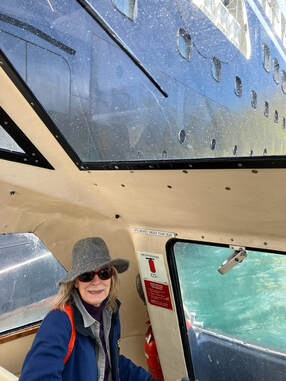
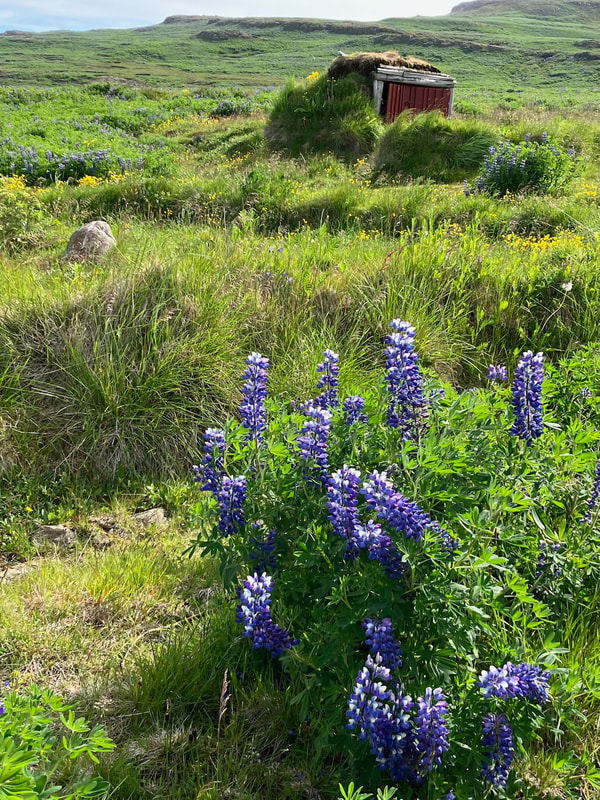
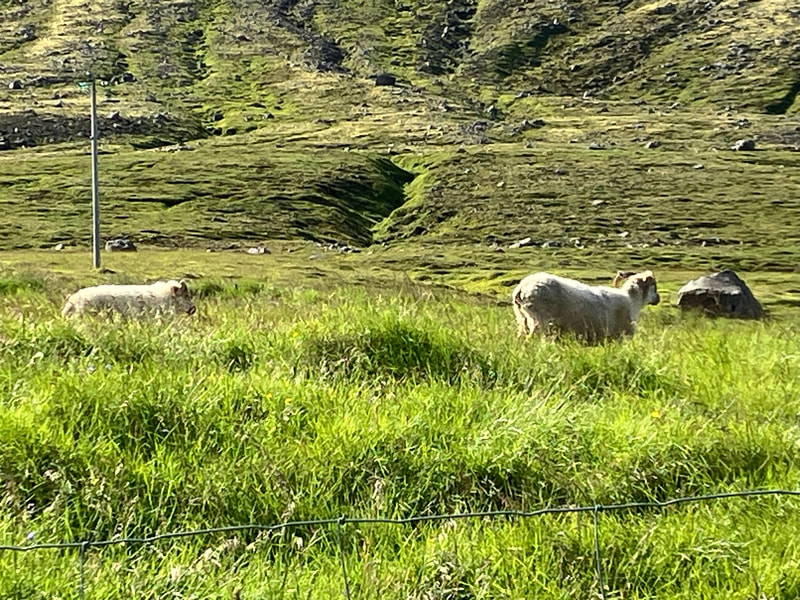
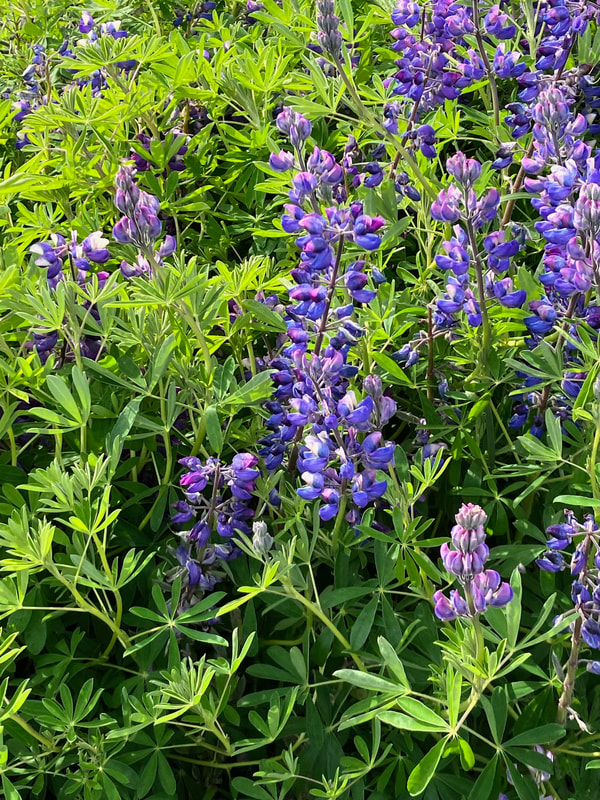
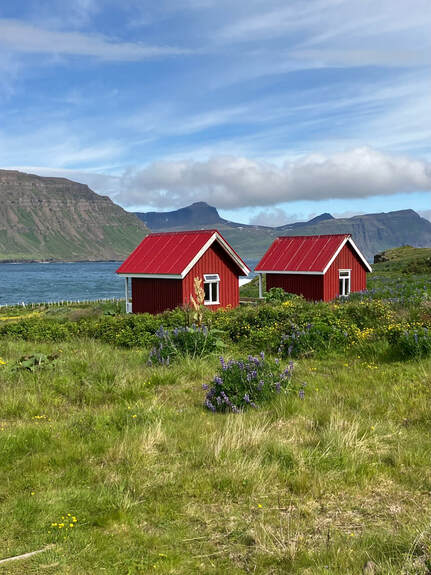
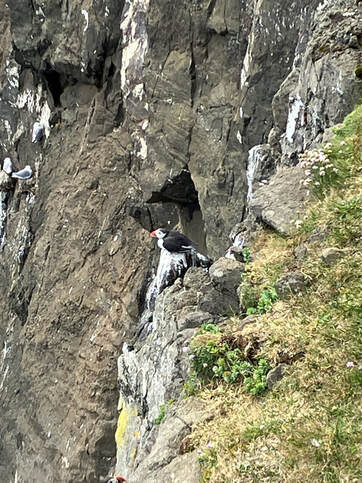
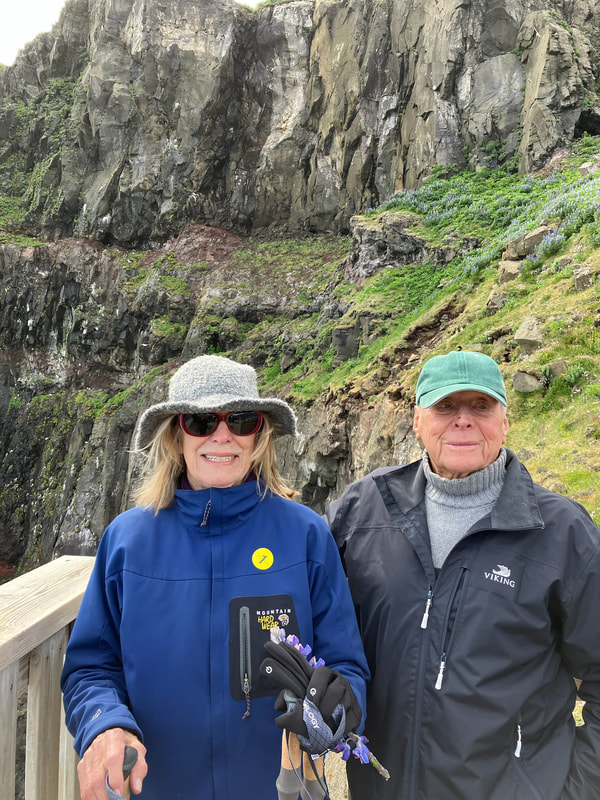
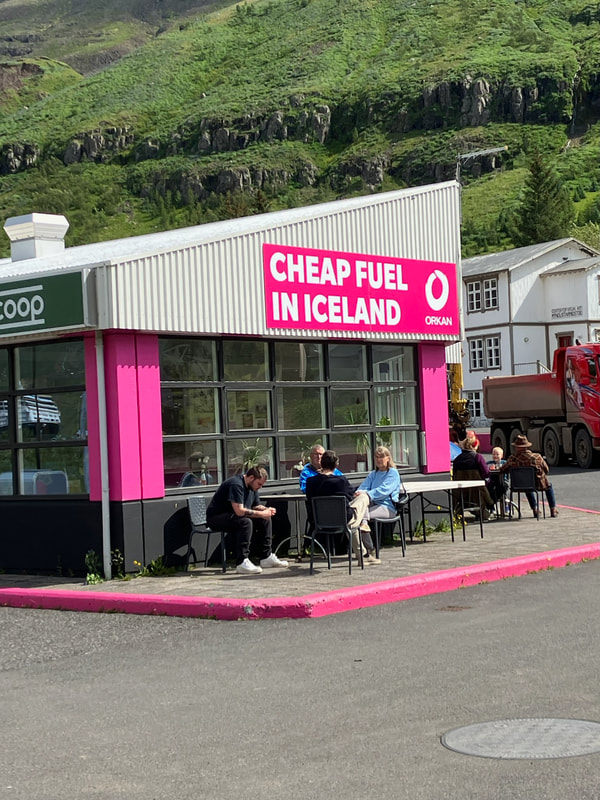
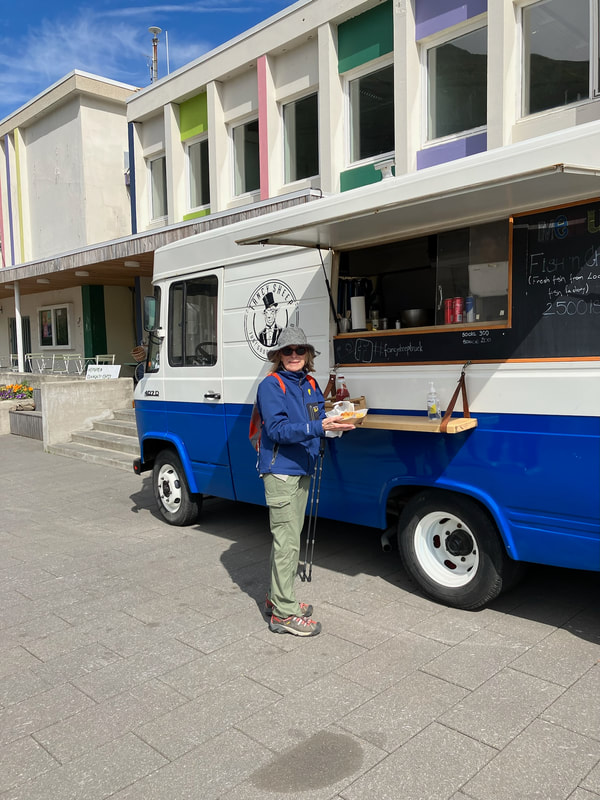
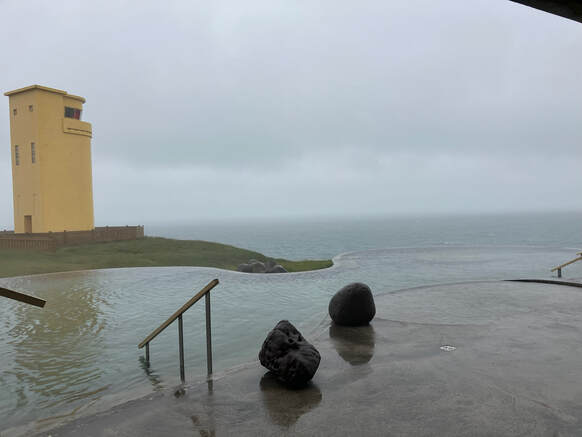
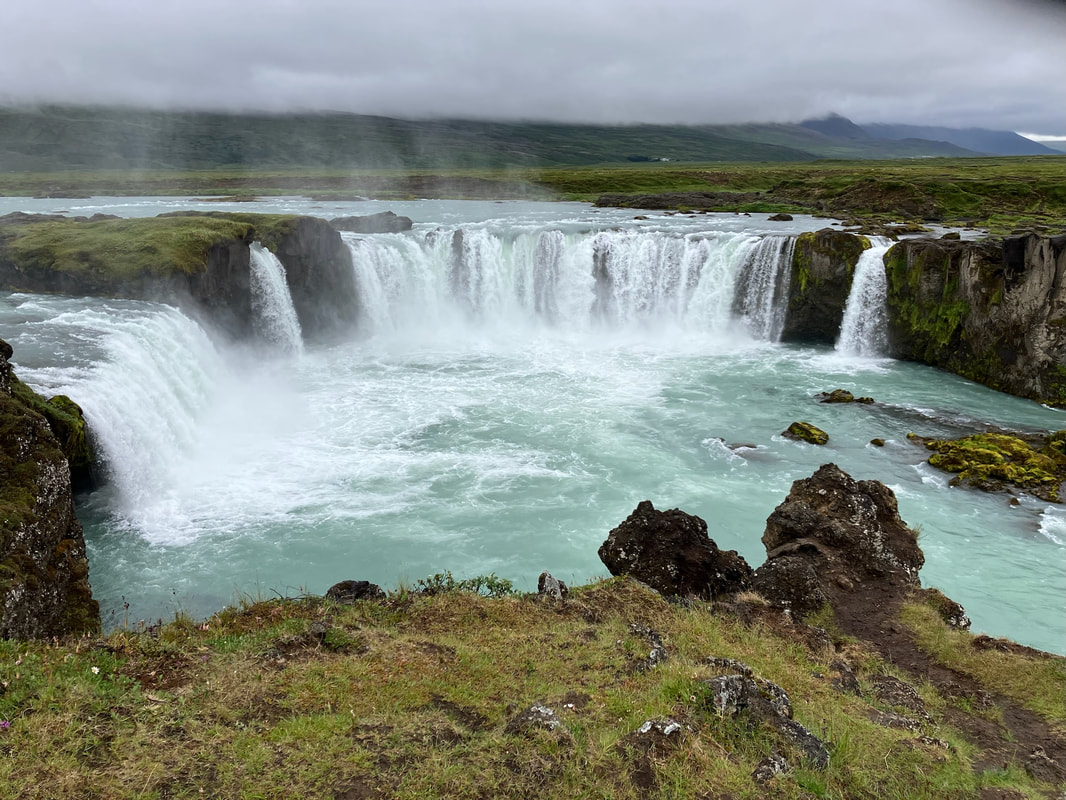
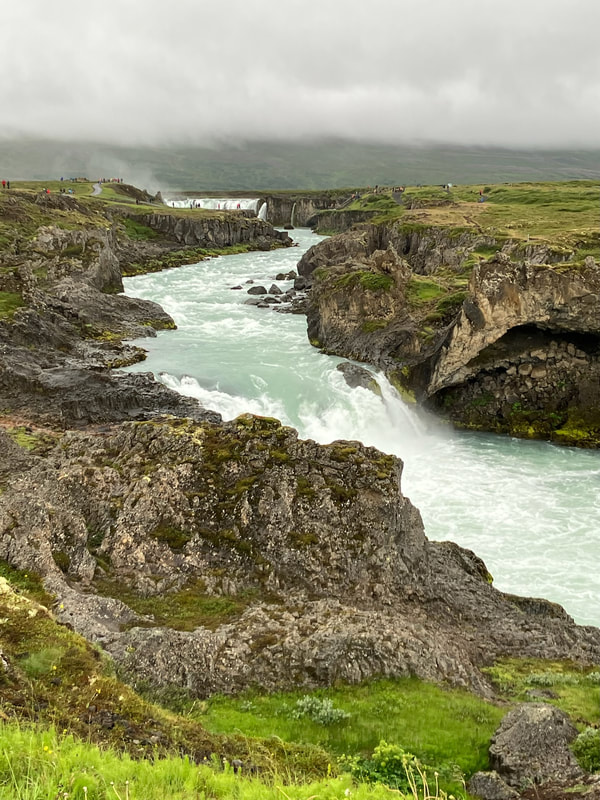
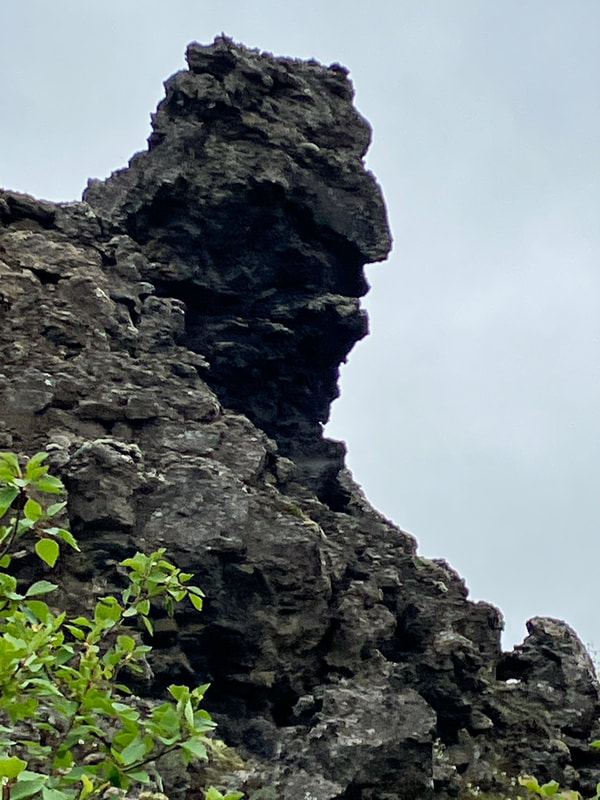
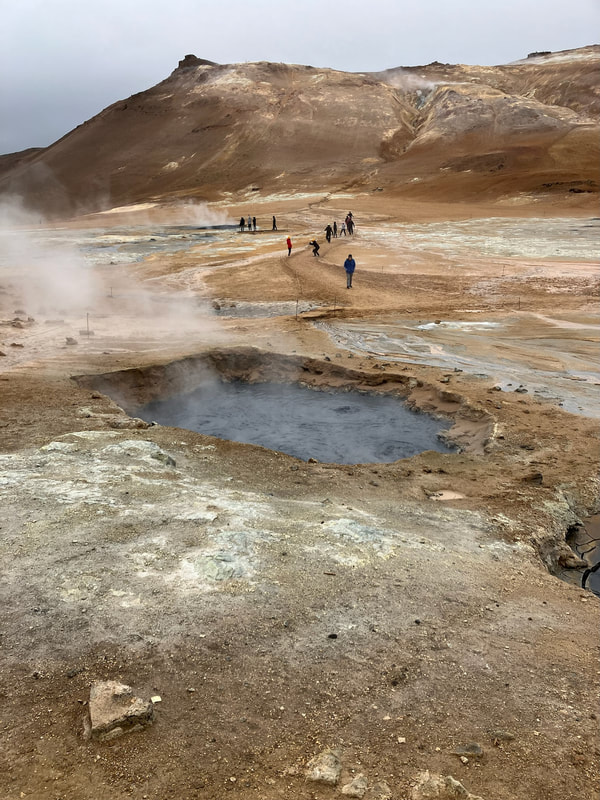
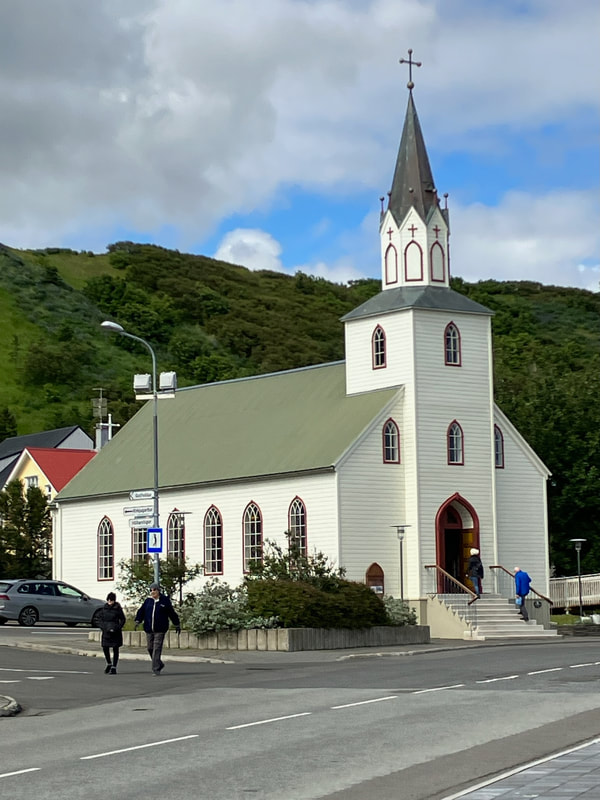
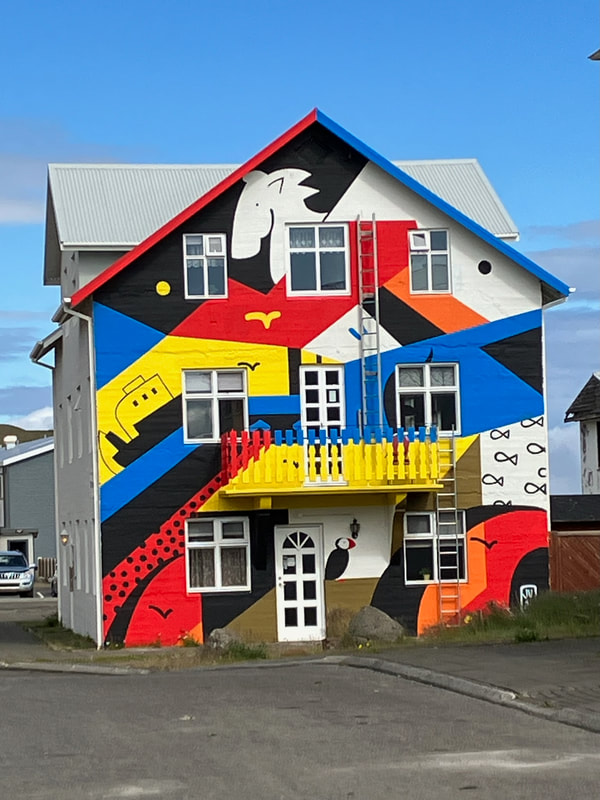
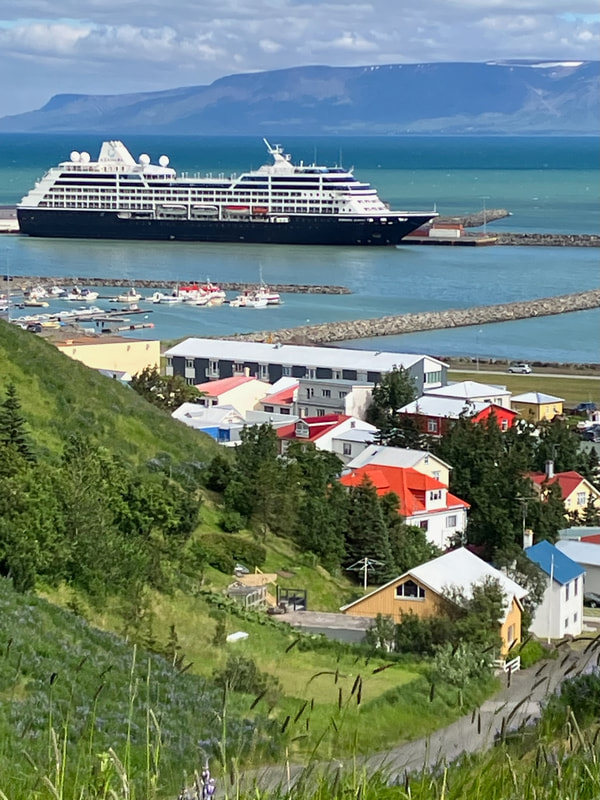
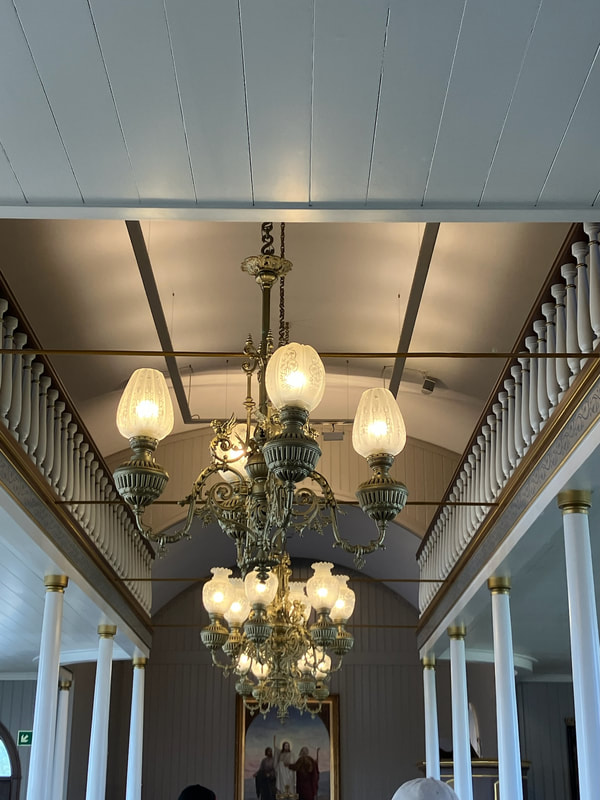
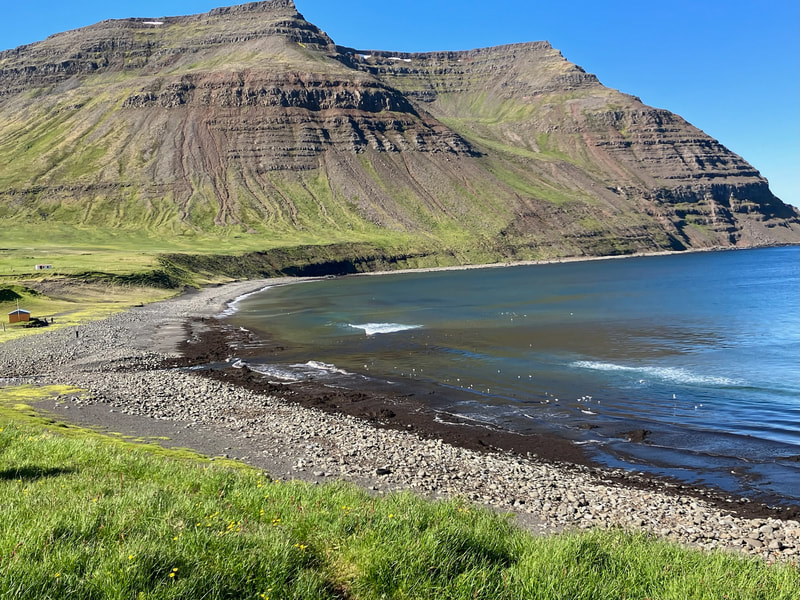
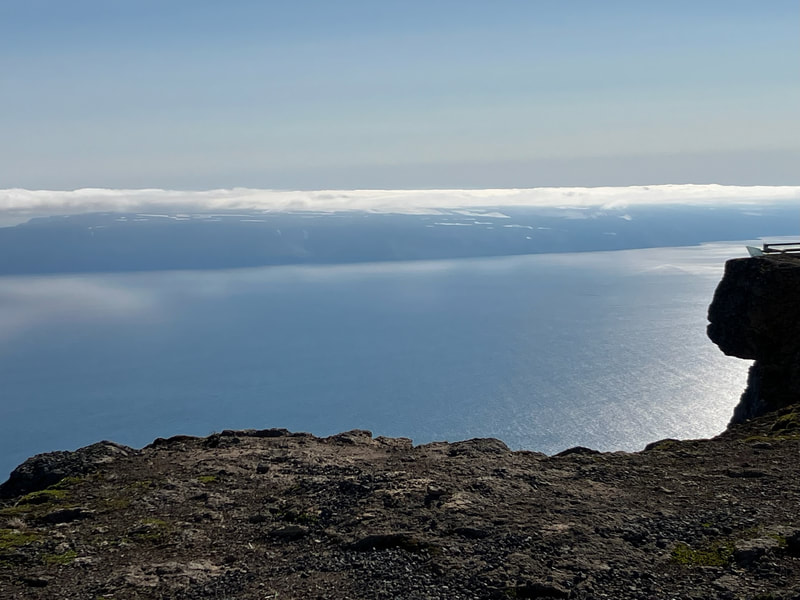
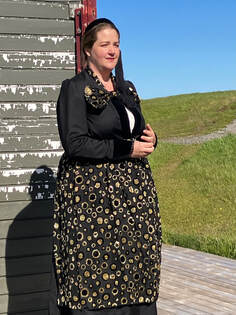
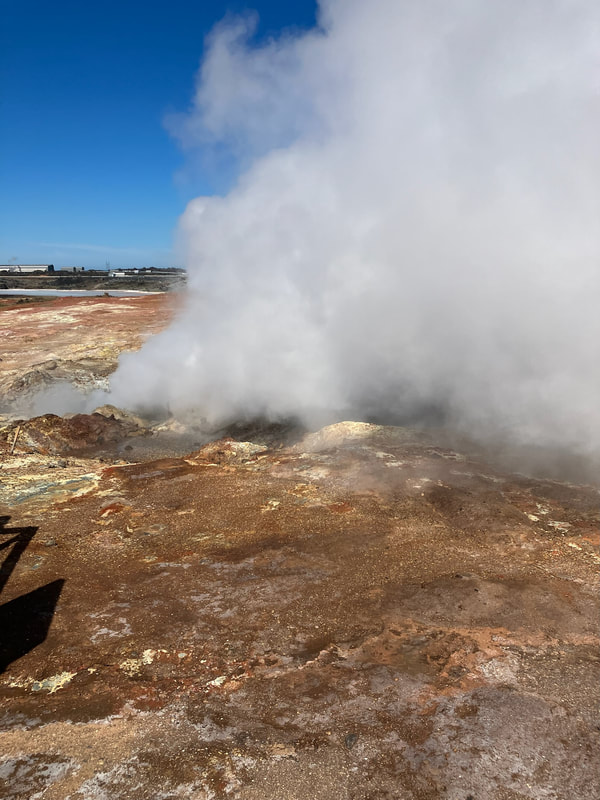
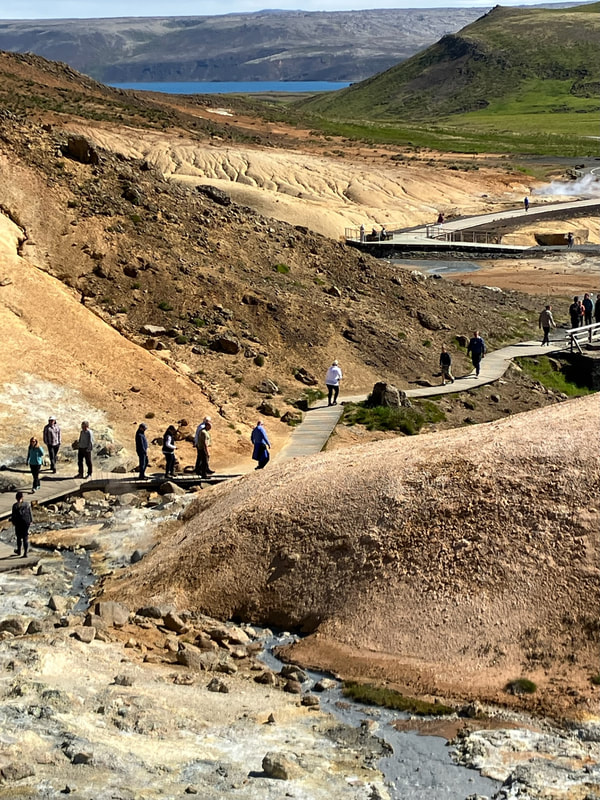
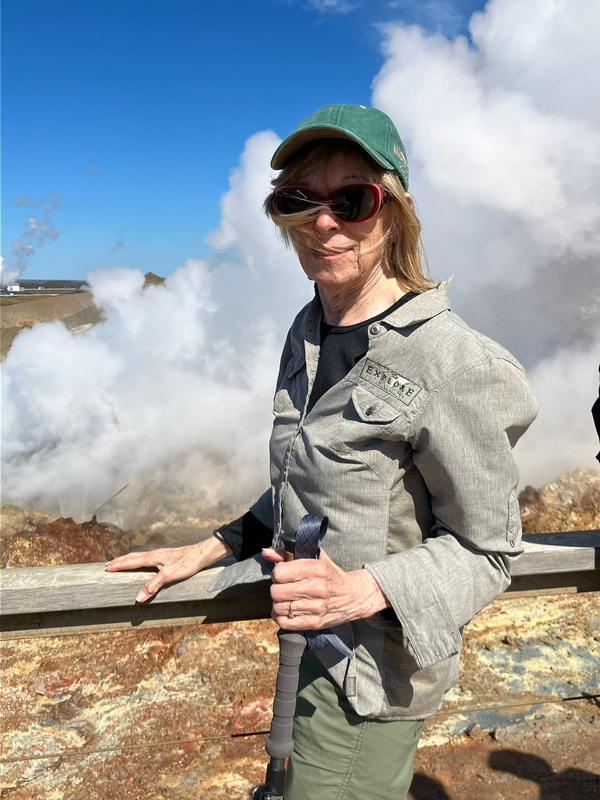
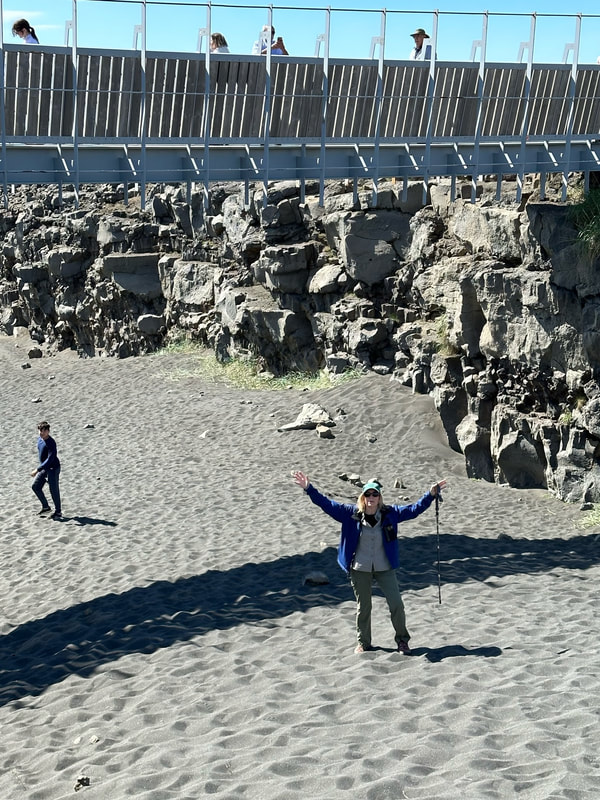
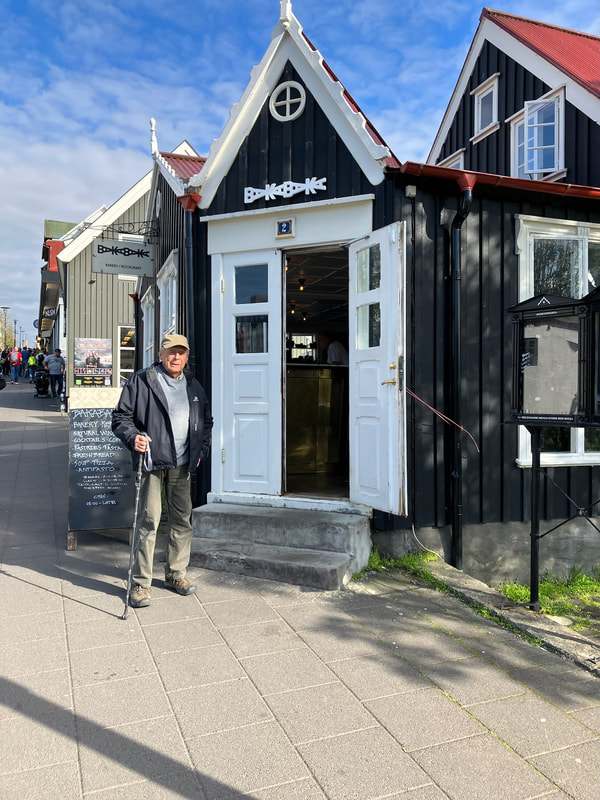
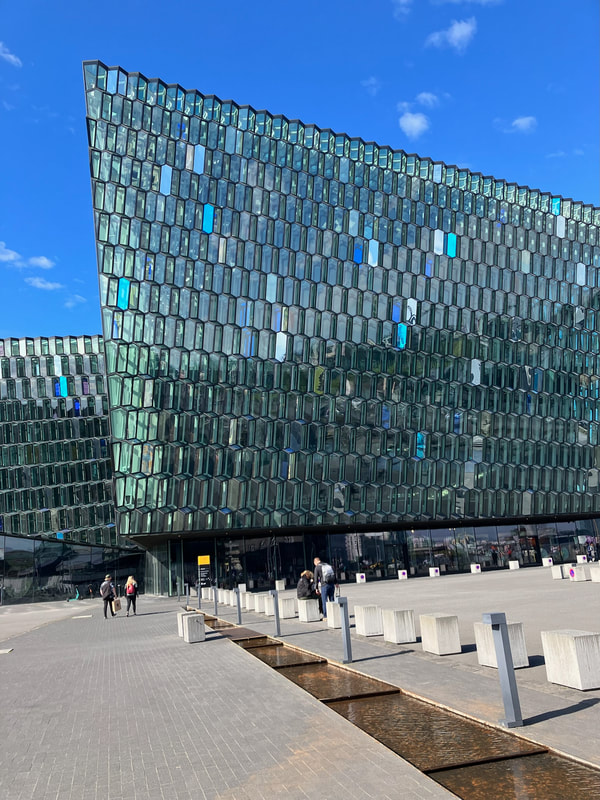
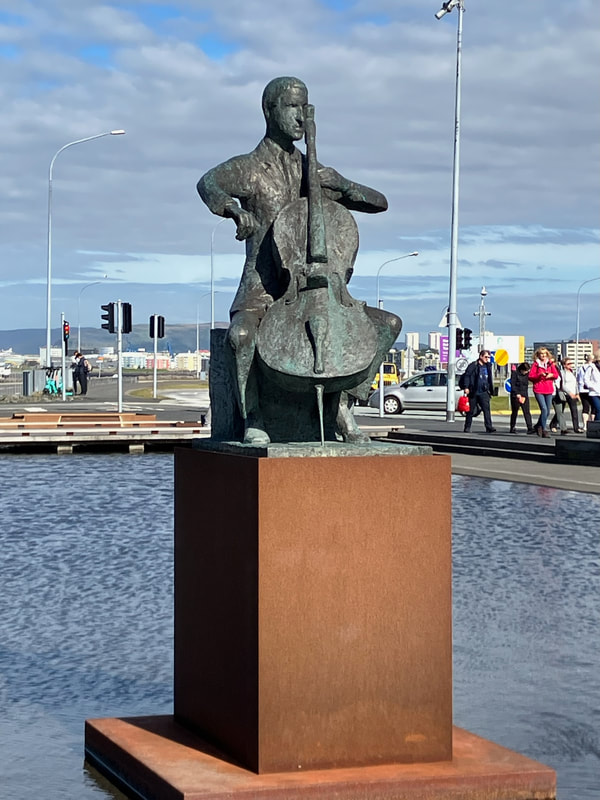
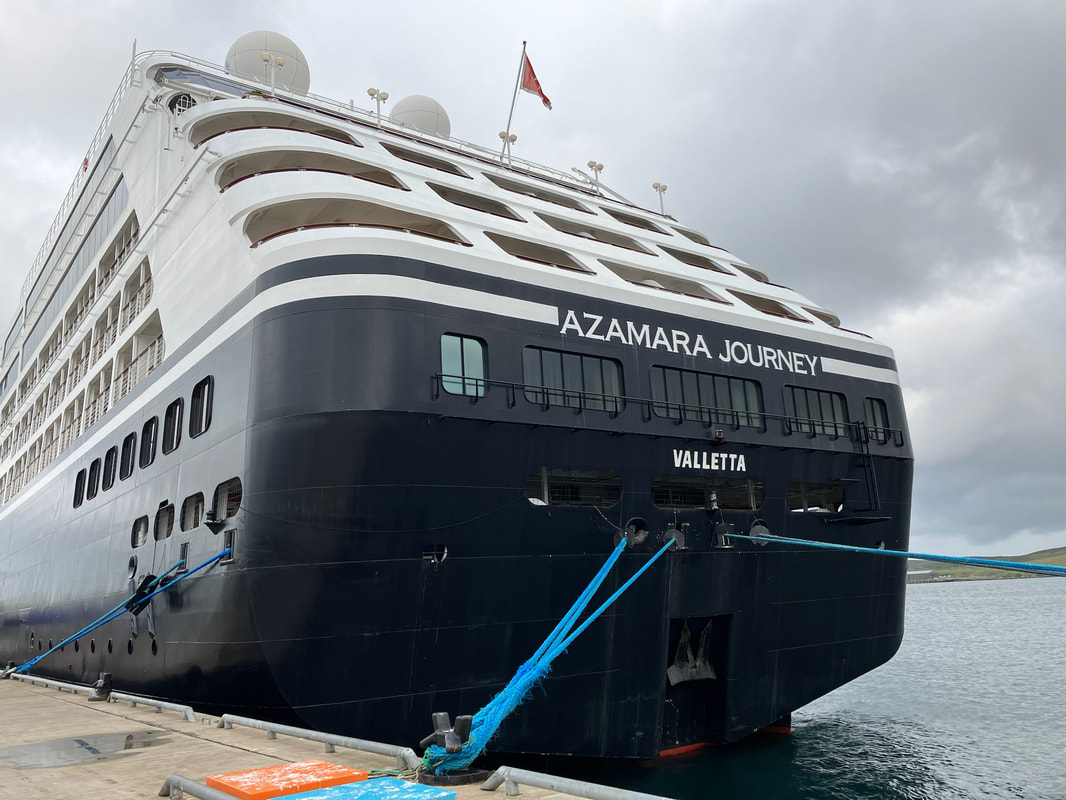
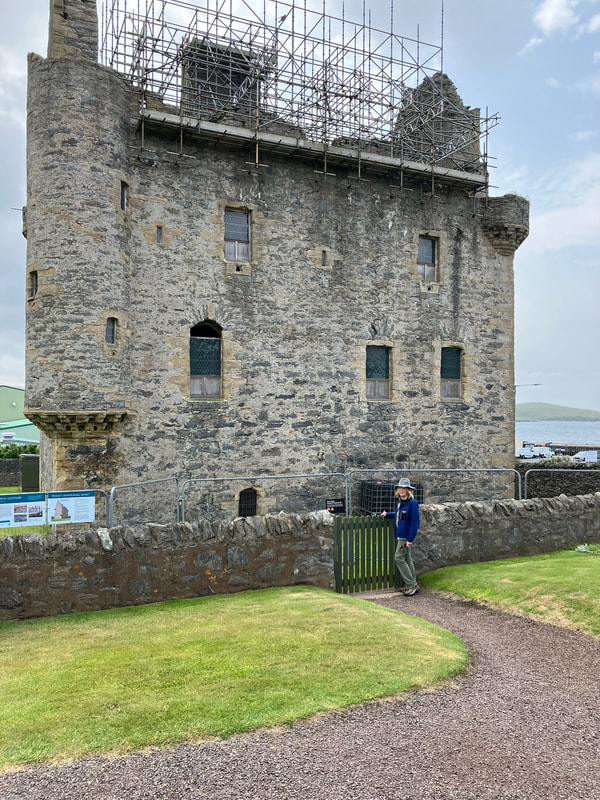
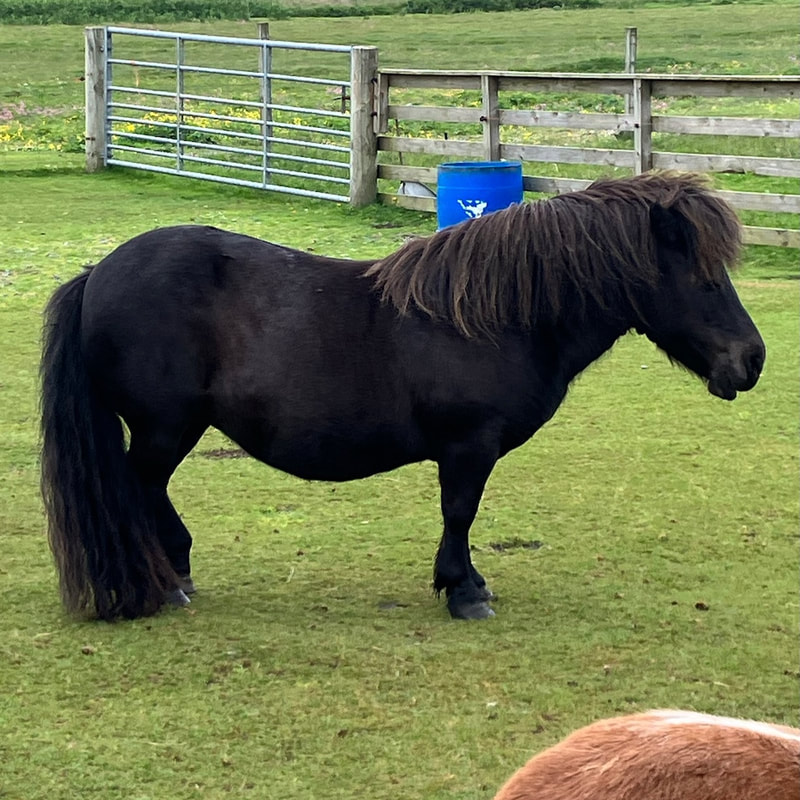
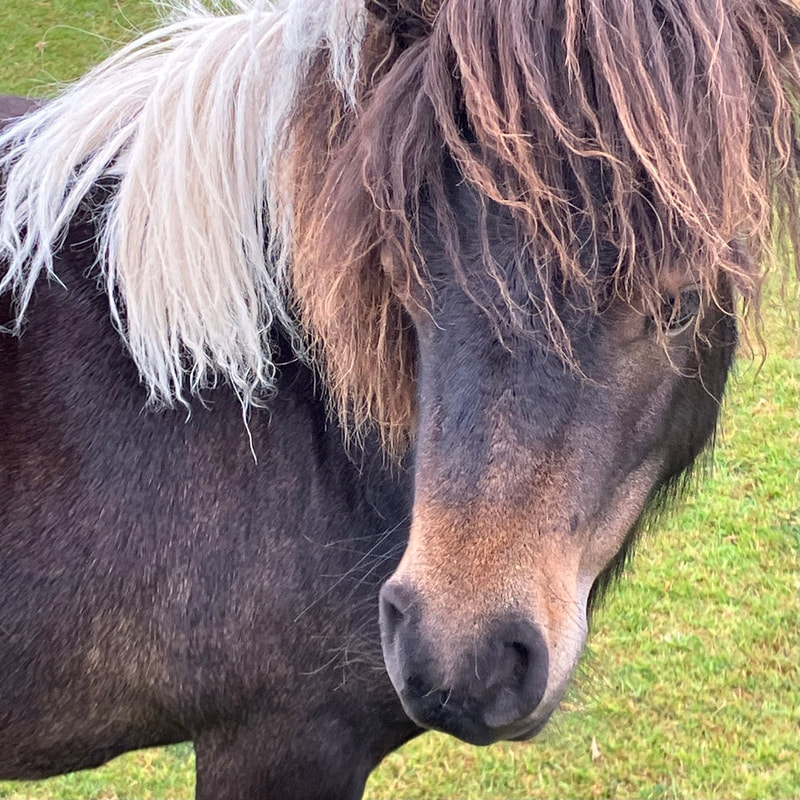
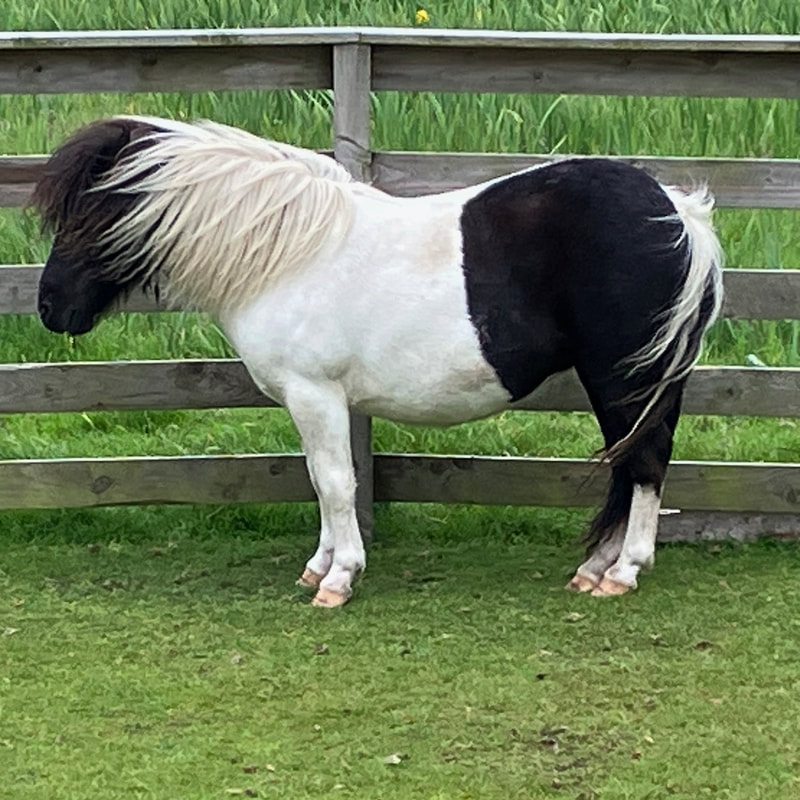
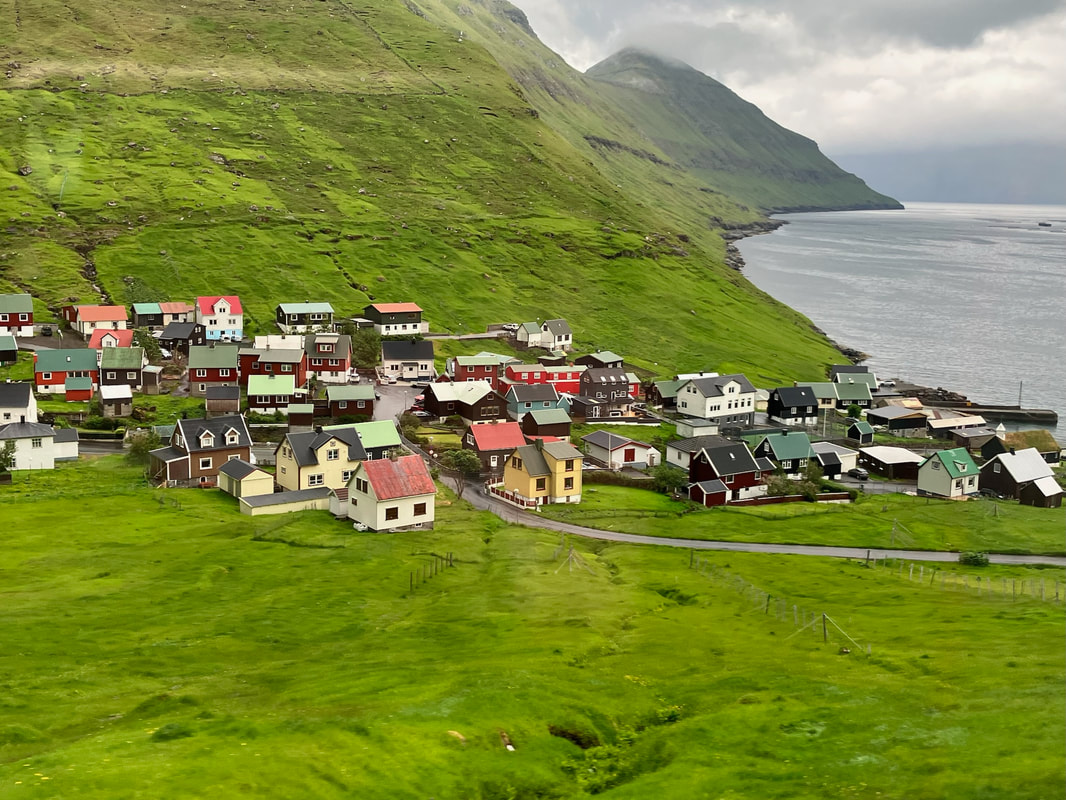
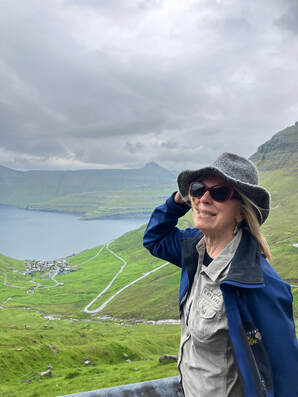
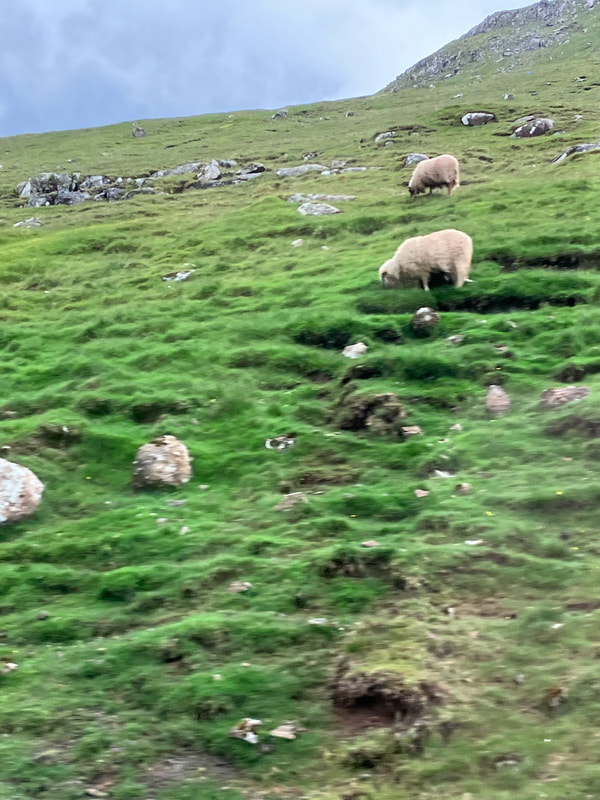
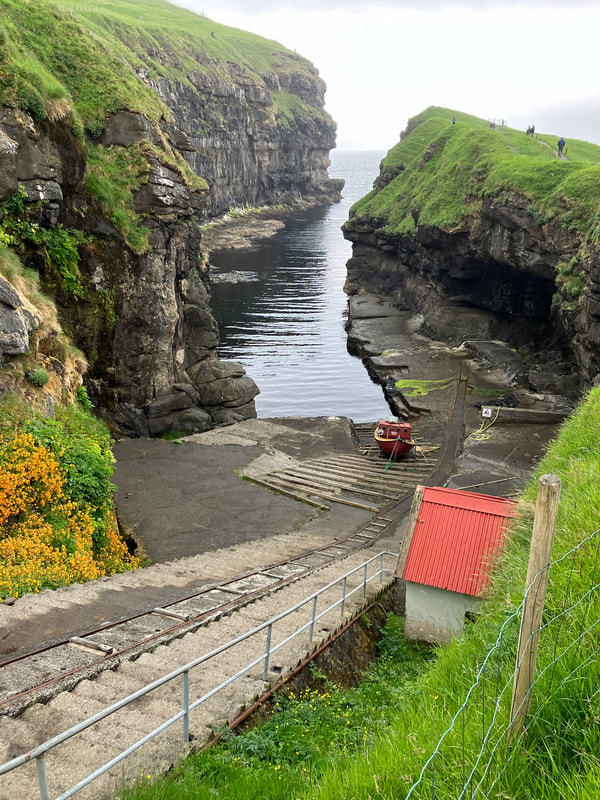
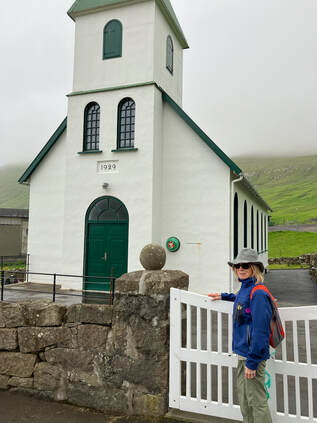
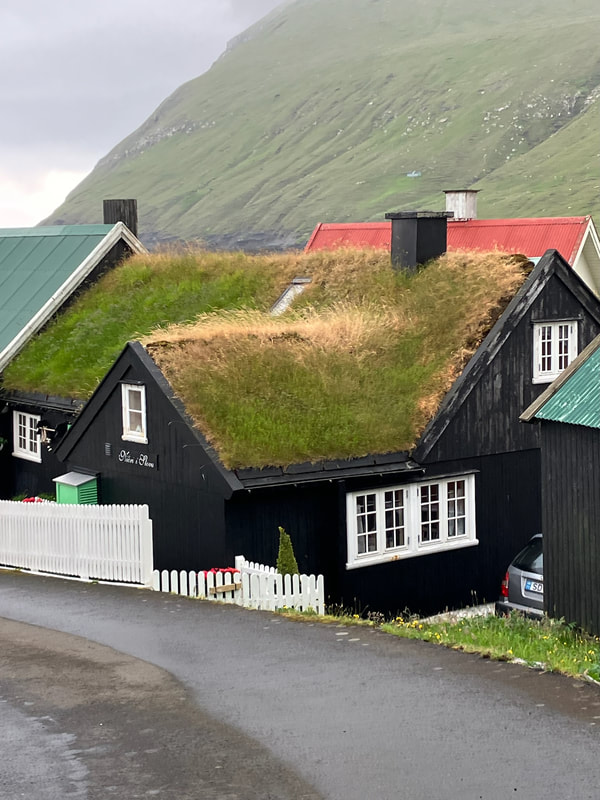
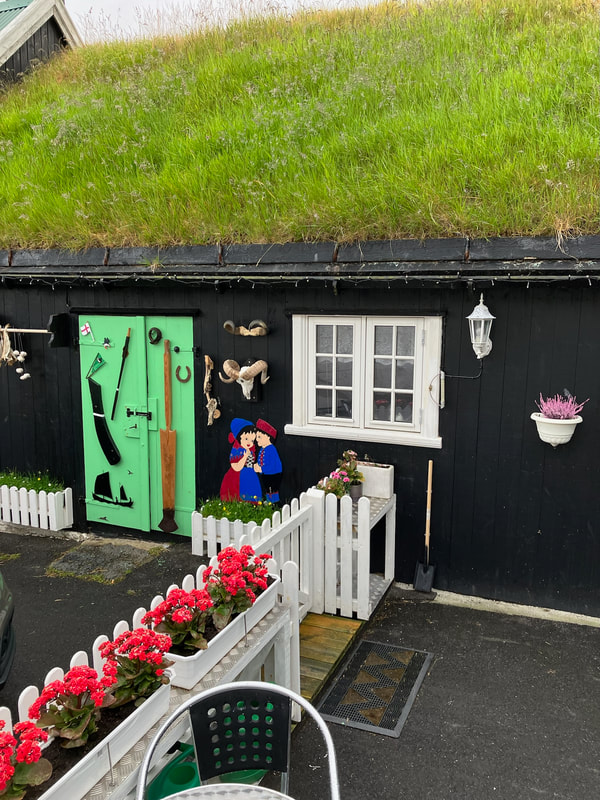
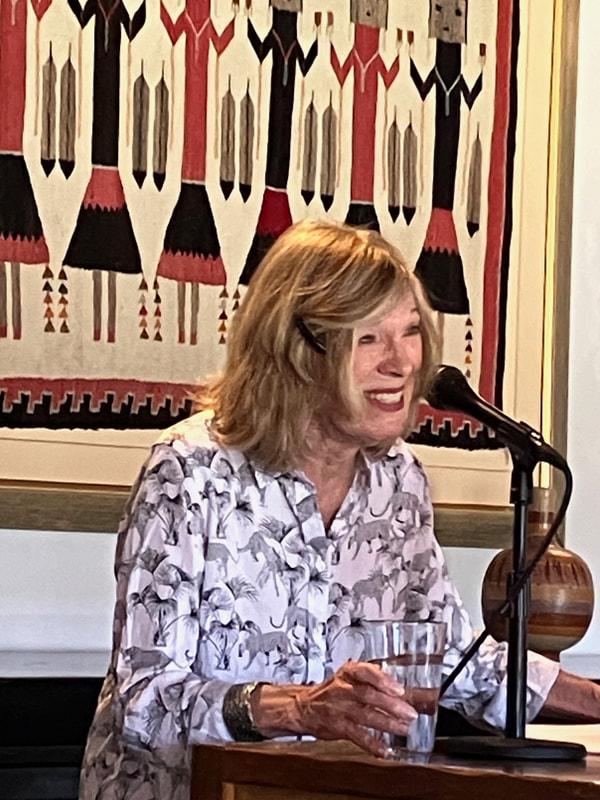
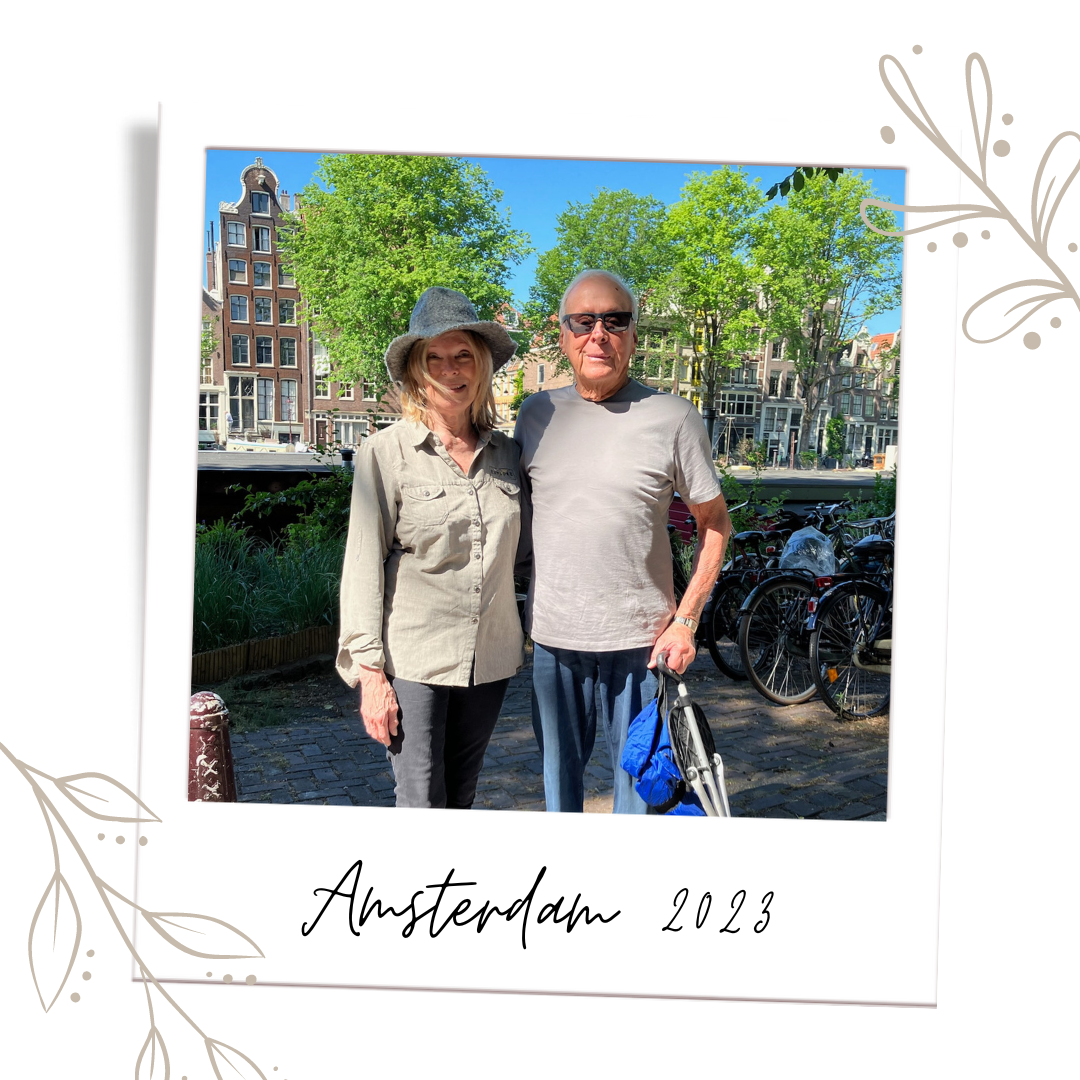
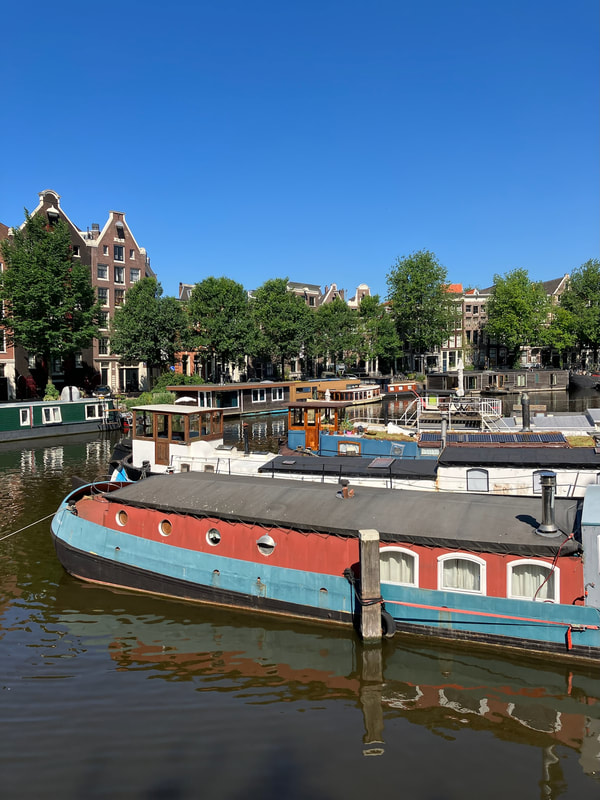
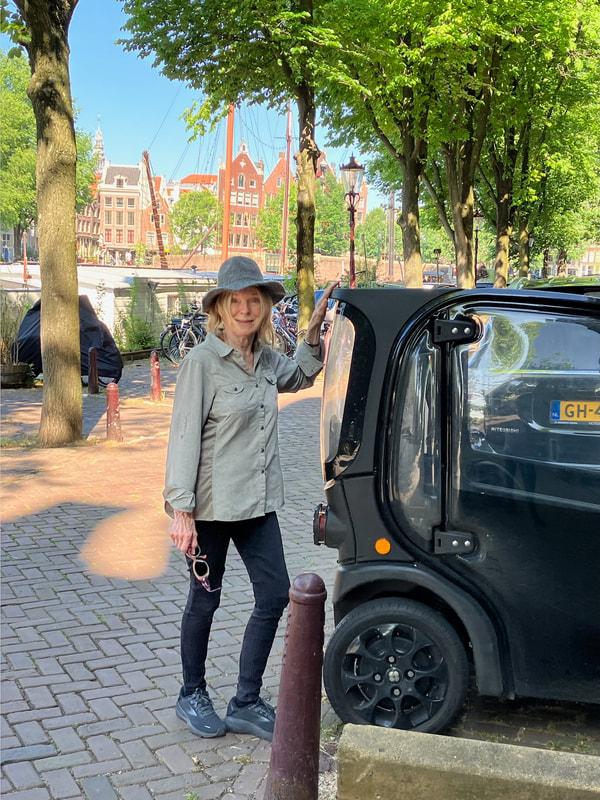
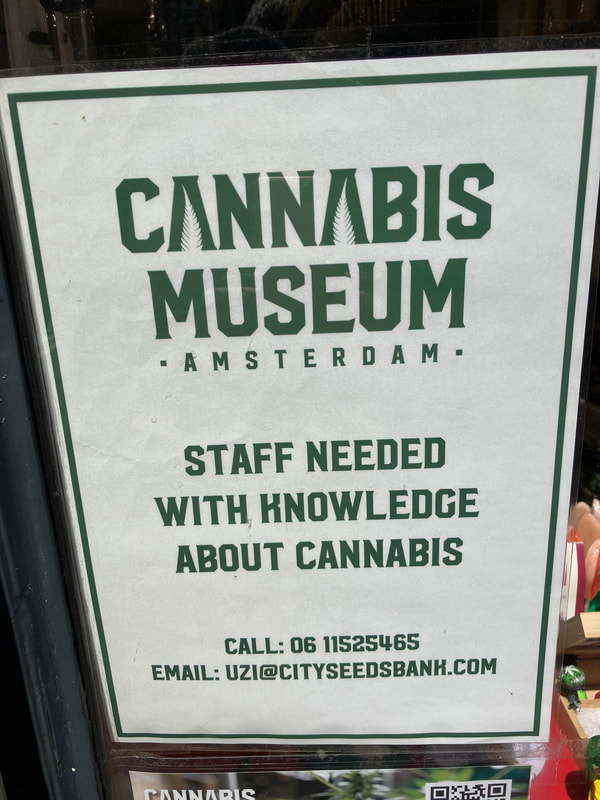
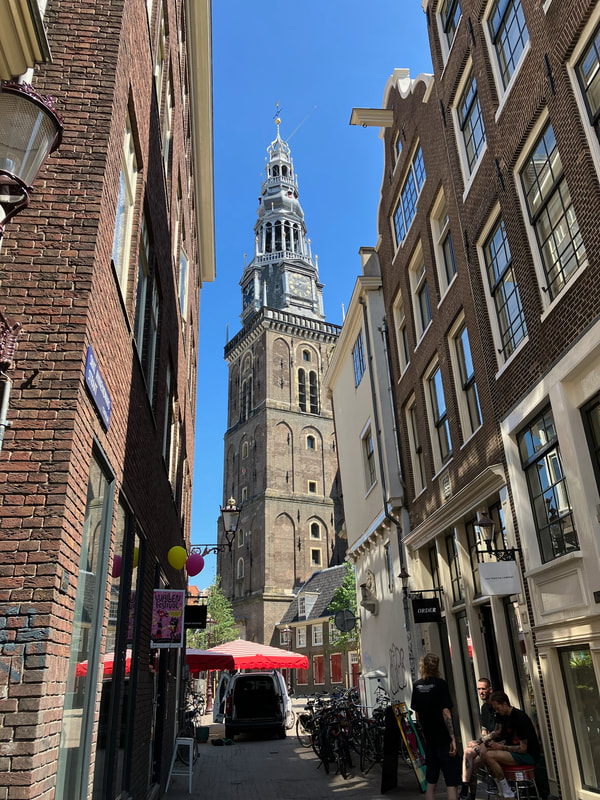











 RSS Feed
RSS Feed